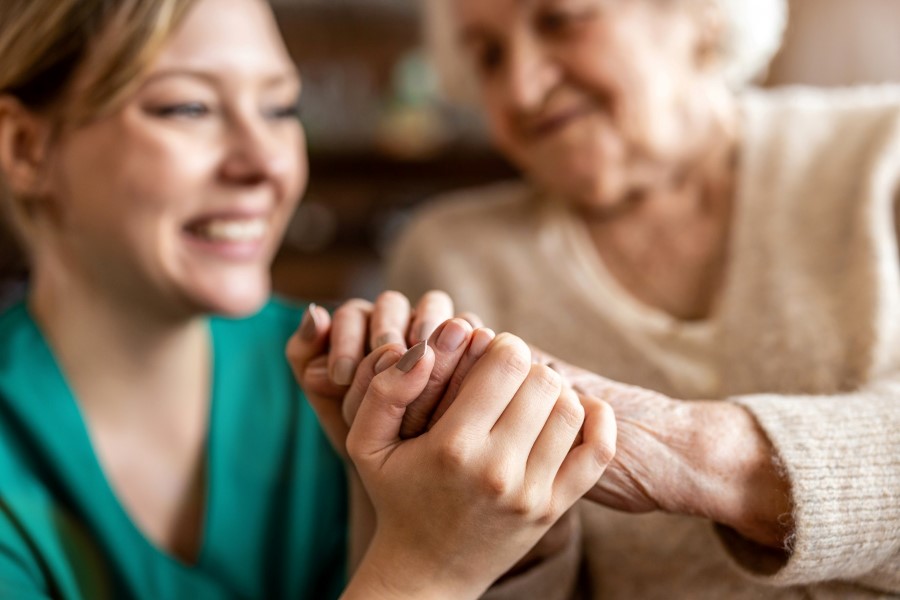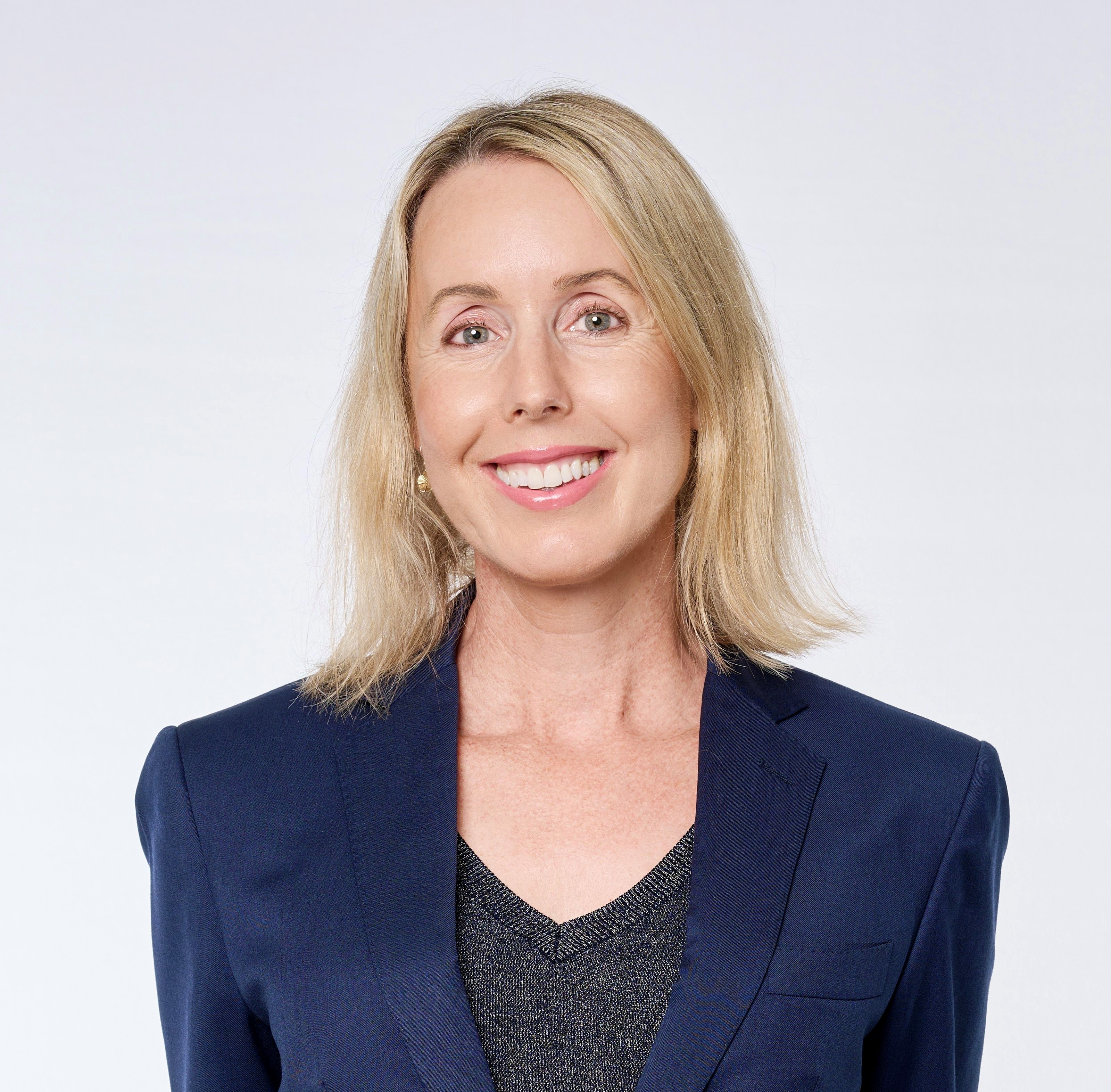
Conducting a thorough risk assessment of psychosocial hazards in the workplace is not an option for employers — it’s a must.
Blanket training and policies to reduce psychosocial risks are not enough to satisfy new work health and safety (WHS) legislation.
A not-for-profit organisation providing accommodation and care services for young men with disabilities in South Australia was fined $72,000 last month after a staff member was sexually assaulted at work by a client.
A SafeWork SA investigation found SA Support Services Incorporated breached its duty to ensure the health and safety of workers it engaged while they were at work.
To help members navigate the latest WHS requirements, Ai Group has published a strategy road map, which is available on our website.
“All businesses need to carry out a workplace risk assessment and ensure they have good prevention and action plans in place,” Trinette Jaeschke, Ai Group’s National Manager - Work Health Safety Consulting Services, said.
“This is not negotiable. It's part of your responsibilities of running a business.”
The latest WHS legislation highlights the range of possible workplace psychosocial hazards, which include (but are not limited to):
The new laws and regulations also make it clearer for employers to understand what they need to be doing to prevent these hazards.
Ai Group’s new road map helps members:
Our WHS experts offer workshops that specifically focus on psychosocial hazards and the due diligence requirements that workplace WHS officers need to be aware of.
Employees who provide home care are among workers most at risk of facing psychosocial hazards.
“They may work by themselves or work in remote and isolated areas, performing home care including intimate duties such as showering people who are part of the National Disability Insurance Scheme (NDIS),” Ms Jaeschke said.
“Their employers may need to better consider how to keep in contact with these workers and identify whether a work environment is high risk for those employees.”
Ai Group has specific resources and advice on the wide range of steps employers need to take.
Ai Group can help members put in place the actions needed to establish a thorough risk assessment of psychosocial hazards in the workplace.
Members have individual needs when it comes to creating a risk assessment of psychosocial hazards that may exist in their workplace.
If an engagement survey of staff has already been carried out, Ai Group’s WHS team can examine the results to identify any psychosocial hazards.
We run workshops to help employers make use of existing data on issues such as absenteeism and incidents and injuries.
In the absence of existing data, members can use a Psychosocial Hazard Identification Survey created by Ai Group.
The online questionnaire can be sent to employees and completed via a QR code.
“Once we receive the completed surveys, we go through them to identify any trends or issues that may come up,” Ms Jaeschke said.
“We’ll talk to employees and carry out some one-on-one interviews so we can delve deeper into their thoughts, beliefs and views around psychosocial hazards within their work environment.
“Then we can delve into the risk assessment.”
The risk assessment
There are two ways of doing this.
Ai Group can facilitate workshops to empower managers and supervisors to complete a risk assessment with their teams themselves.
Alternatively, our WHS experts can go onsite and facilitate the risk assessment, in consultation with workers and health and safety representatives.
“We adjust our methods according to the size of the business and how they operate,” Ms Jaeschke said.
“We need to identify the levels of risk associated with various activities.
“In the context of home care providers, if the employer knows a client or someone who lived with the client has a history of sexual harassment or abuse, or they’re volatile, the employer can put in place measures to prevent that from happening — for example, implement a two-person work arrangement.
“Once we've completed the risk assessment, we'll have the information needed to develop prevention and action plans.
“We can provide these to the member to help them resolve any issues that have been brought up or at least communicate those to the business and advise what they need to do next.
“That's the road map we're following. It is solely focused on psychosocial hazards.”
Enlightening
Following the road map may have unexpected benefits for some members.
“The road map may enlighten some employers who may not even realise they already have steps in place to address psychosocial hazards — it's just that they haven't planned, implemented or documented them in an appropriate manner,” Ms Jaeshke said.
“They may simply lack the structure needed in an acceptable risk assessment.”
With new WHS legislation and Respect@Work reforms in place, awareness around workplace psychosocial hazards is growing.
“We're getting more and more queries around psychosocial hazards,” Ms Jaeschke said.
“It’s why we developed this new website page and service — to help members navigate the latest requirements.”
Failing to do so has serious consequences, with hefty fines and reputational damage possible.
“Not only that, but you won’t end up retaining staff or being able to get new employees,” Ms Jaeschke said.
“If they see you've got a bad reputation, there's no way they're going to come on board.
“Employers have enough challenges right now trying to recruit people; they don't need this extra barrier.”
For support in managing psychosocial hazards in your workplace, please contact the WHS team at safety.services@aigroup.com.au.

Wendy Larter is Communications Manager at the Australian Industry Group. She has more than 20 years’ experience as a reporter, features writer, contributor and sub-editor for newspapers and magazines including The Courier-Mail in Brisbane and Metro, the News of the World, The Times and Elle in the UK.